Introduction
The midcentury modern design movement originated in the 1930s and 40s, when designers were focused on creating a new style of furniture that was elegant and practical. These innovative designs proved to have lasting appeal and nowadays, we still see brands like Anthropologie and Crate & Barrel incorporating elements of midcentury modern design into their products.
Hallmarks of Midcentury Modern design
- Clean lines: Midcentury modern interiors are clean and minimal in their design, with simple shapes and unadorned surfaces.
- New materials: Midcentury designers looked to new materials that hadn’t been used before, like plastics and metals. They also experimented with synthetic fabrics like polyester to create more comfortable and durable textile options for consumers.
- Iconic designs: The Eames lounge chair (1956), Sputnik lighting (1960), Tulip table and chairs (1953) are all iconic examples of midcentury modern design
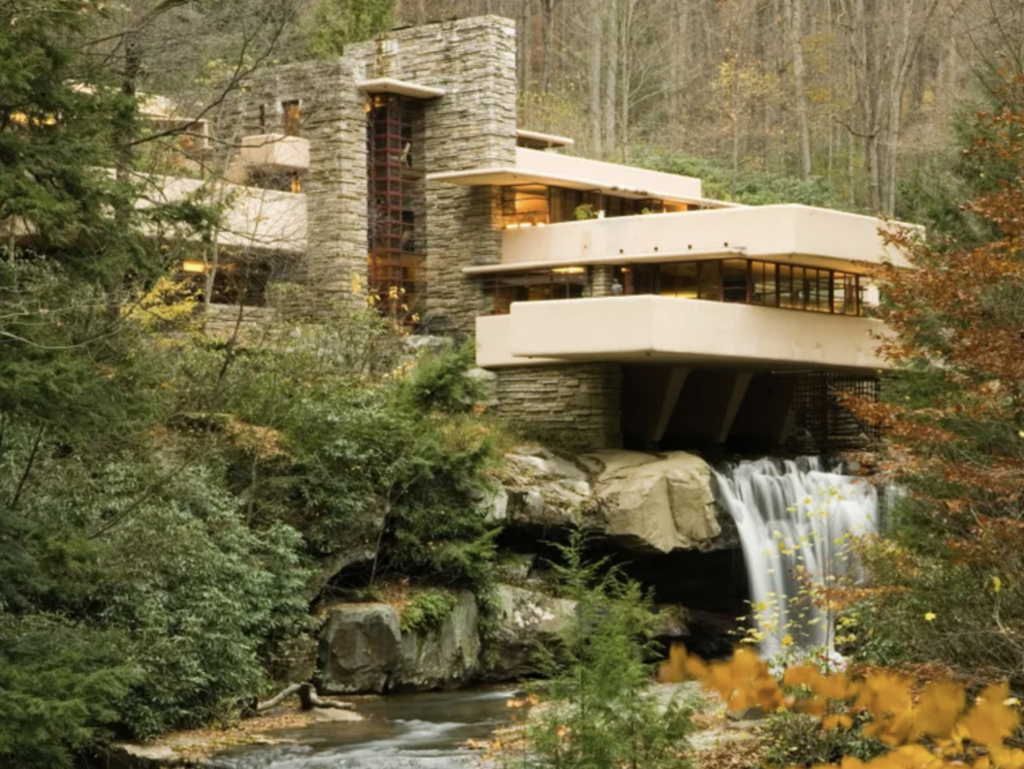
Midcentury Modern and Frank Lloyd Wright
Midcentury modern design, as you may have heard, was largely inspired by the work of Frank Lloyd Wright. Wright’s architecture was based on the idea that a building should be designed to fit its natural environment; this idea is known as organic architecture. Organic architecture is an important part of midcentury modern design because it emphasizes simplicity and harmony with nature.
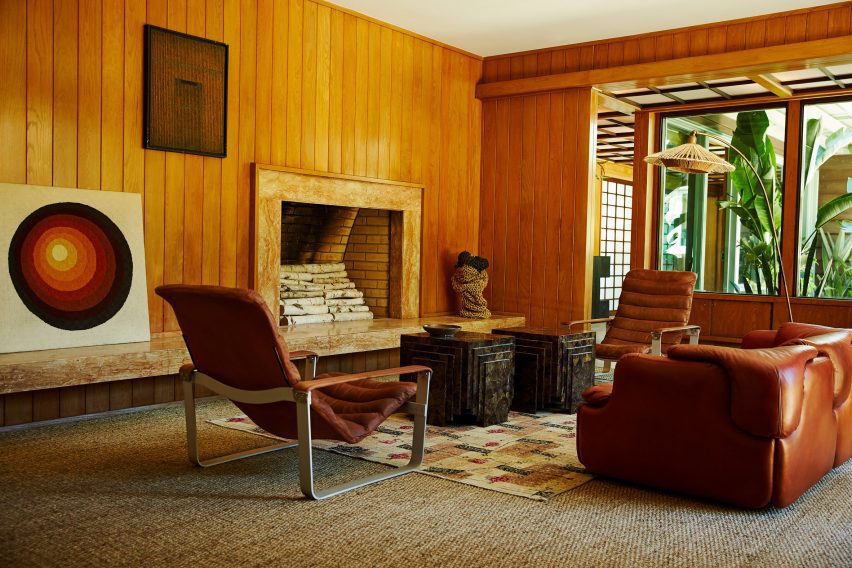
Midcentury Modern Design in the 1970s
The 1970s was a time of large cultural changes. The hippie movement and pop art were two major influences on midcentury modern design during this decade. Pop art was characterized by bright colors, bold lines and images inspired by popular culture and advertisements of the time period. The hippie movement emphasized peace, love and happiness through freedom from materialism as well as equality for all human beings regardless of race or gender (and sometimes even species). Space age design also influenced midcentury modern design because it took inspiration from futuristic concepts such as rocket ships or space stations.
Midcentury Modern Design continued to evolve throughout the ’70s with new materials being used like polyurethane foam which allowed for more comfortable seating options without the fluffing and maintenance of more traditional cushion fills.
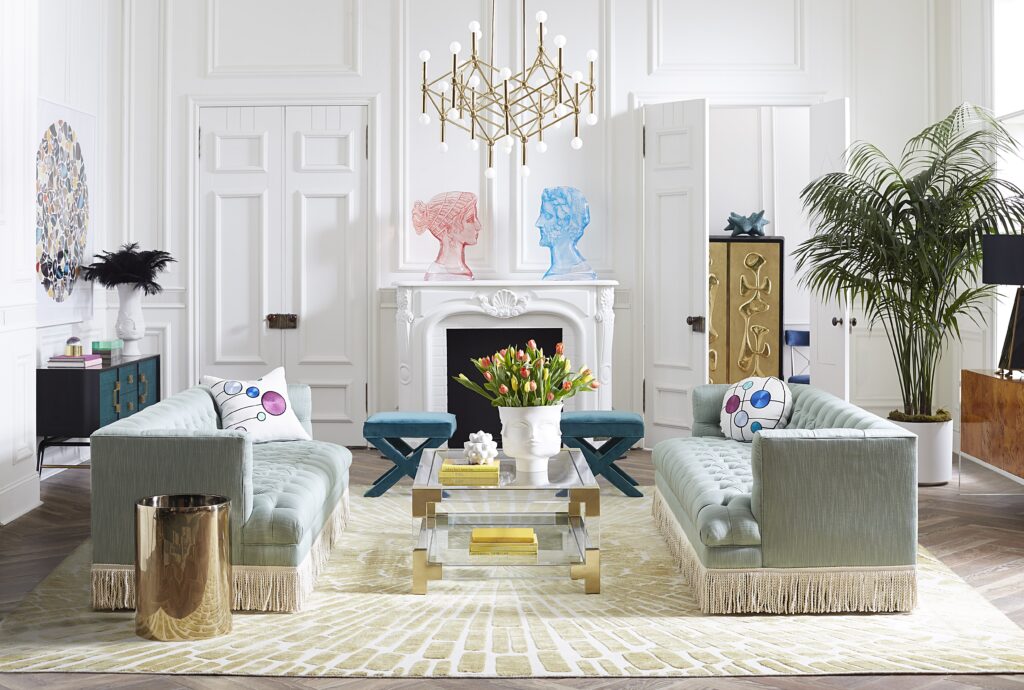
Brands and designers that continue midcentury modern design today.
There are so many brands and designers that continue midcentury modern design today. Here’s a list of a few you probably recognize:
- IKEA – From college dorms to homes featured in some of the glossiest magazines, IKEA seems to have universal appeal. We’ve even snuck a few pieces in our designs (like the BILLY bookcase or RIBBA frames).
- West Elm – This American furniture company has been around since 1996 when they started out as an online retailer offering modern designs at affordable prices (they now have physical locations as well). They offer everything from bedding sets to lighting fixtures–and even kitchenware, all with a contemporary take on MCM design.
- Jonathan Adler – although Jonathan Adler’s brand is hard to naildown to just one style, the pieces they produce are heavily influenced by MCM designs.


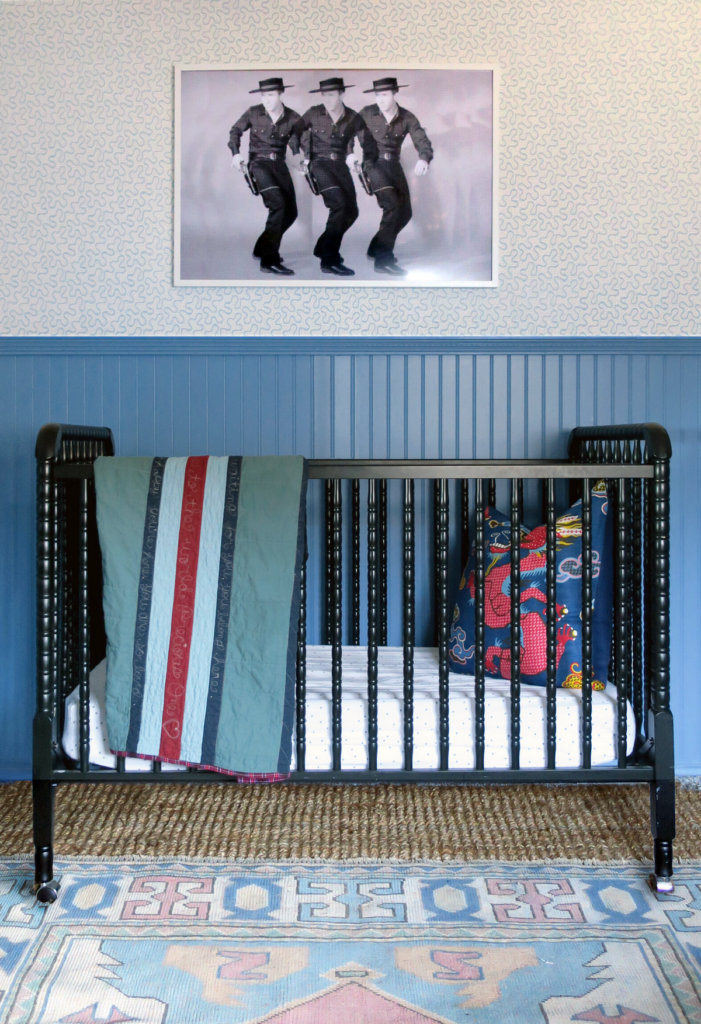
Conclusion
Midcentury Modern design is a style that has been around for decades, and it’s still going strong today. It’s not just about aesthetics–it’s also about comfort and functionality. Although our aesthetic leans more towards traditional designs, we love to incorporate a few MCM pieces to help make a space feel timeless.
Need help incorporate just the right mix of styles and pieces in your home? Get in touch with us here.
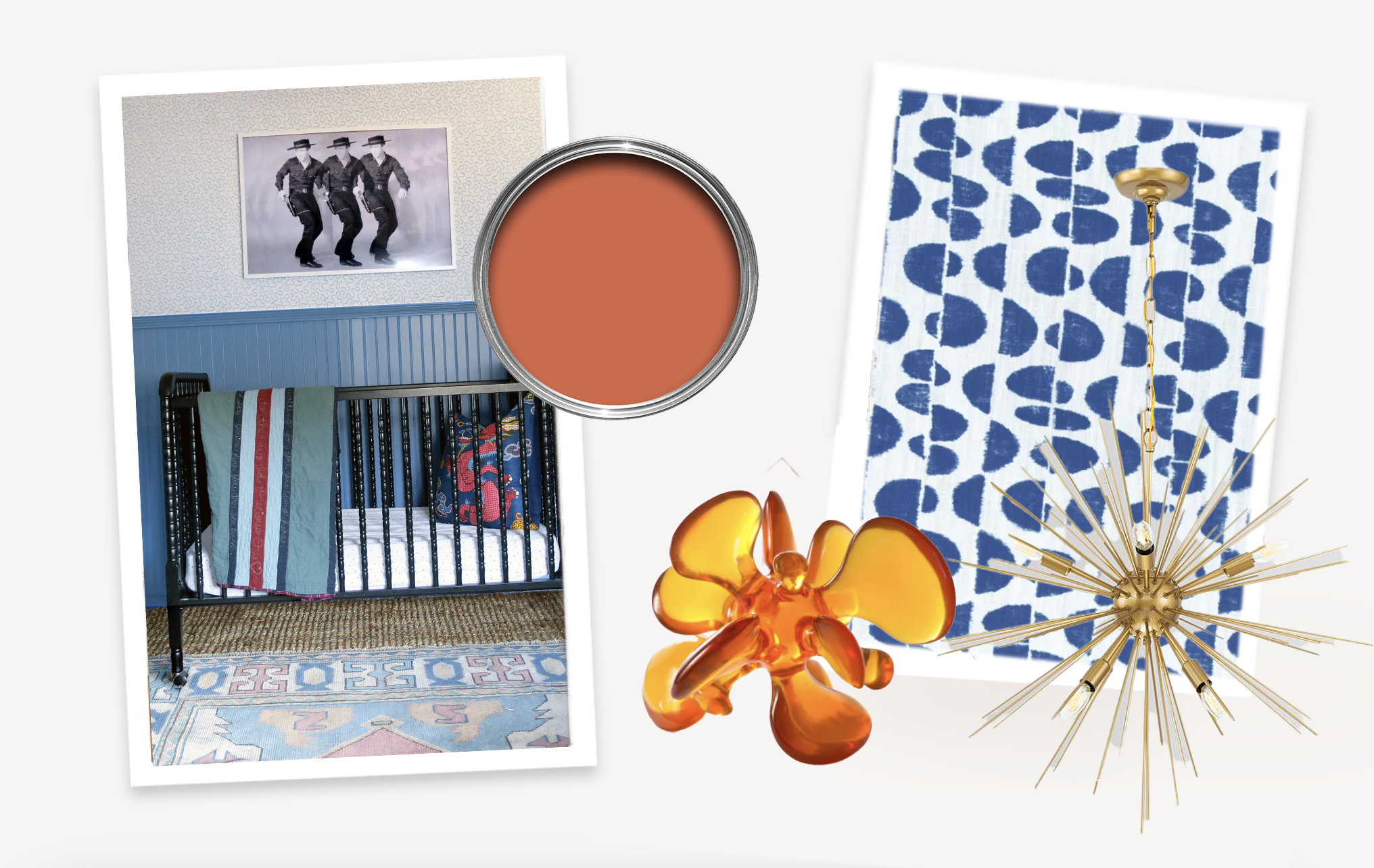
so what do you think?
0